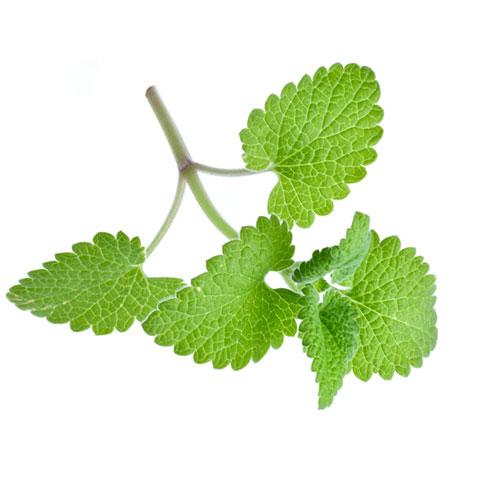Potato uses and Home remedies
POTATO Potatoes are consumed in high percent all over the world. It is been considered…

Plants and trees have the capacity to survive on this land for number of years and captivate the hearts of the human beings. The two largest plant families are the sunflower family and the orchid family. There is always question in the minds of everyone – Why do the leaves changes color often? Leaves generally carry a component named chlorophyll. But all the plants also have other chemicals called carotenoids. These carotenoids are responsible for changes in the color of the leaves. This topic will deal with a plant named Catnip. Catnip comes under the family Lamiaceae and native to southern and eastern Europe. The botanical name of this plant is Nepeta cataria. The other common names of this plant are catnip, catswort, or catmint.
Catnip is native to southern and eastern Europe, the Middle East, central Asia, and China. This plant is also found in northern Europe, New Zealand, and North America. This plant generally attracts cats and that is the reason it is called catnip or catmint. Catnip is a short-lived perennial herbaceous plant which attains a height of 100 cm. It resembles mint family member in many characteristics but with brown-green foliage. The triangular leaves are coarse-tooth. The colors of the small flowers can be white with pale purple or pink spots. They have ornamental features and have rich fragrance. The plant blooms during spring through autumn.
The noted botanist Linnaeus has mentioned about this species in his publication in the year 1753. It is imperative to note that he has also mentioned about this plant in his previous publication during the year 1738.
This plant has an essential oil named terpenoid nepetalactone. This oil is extracted through steam distillation. This showy plant is grown by many as an ornamental plant. They are attractant to cats and butterflies. Catnip is thrives drought and can be a repellant to insects. The oil extracted from this plant can be used as a repellant to mosquitoes, cockroaches and termites.